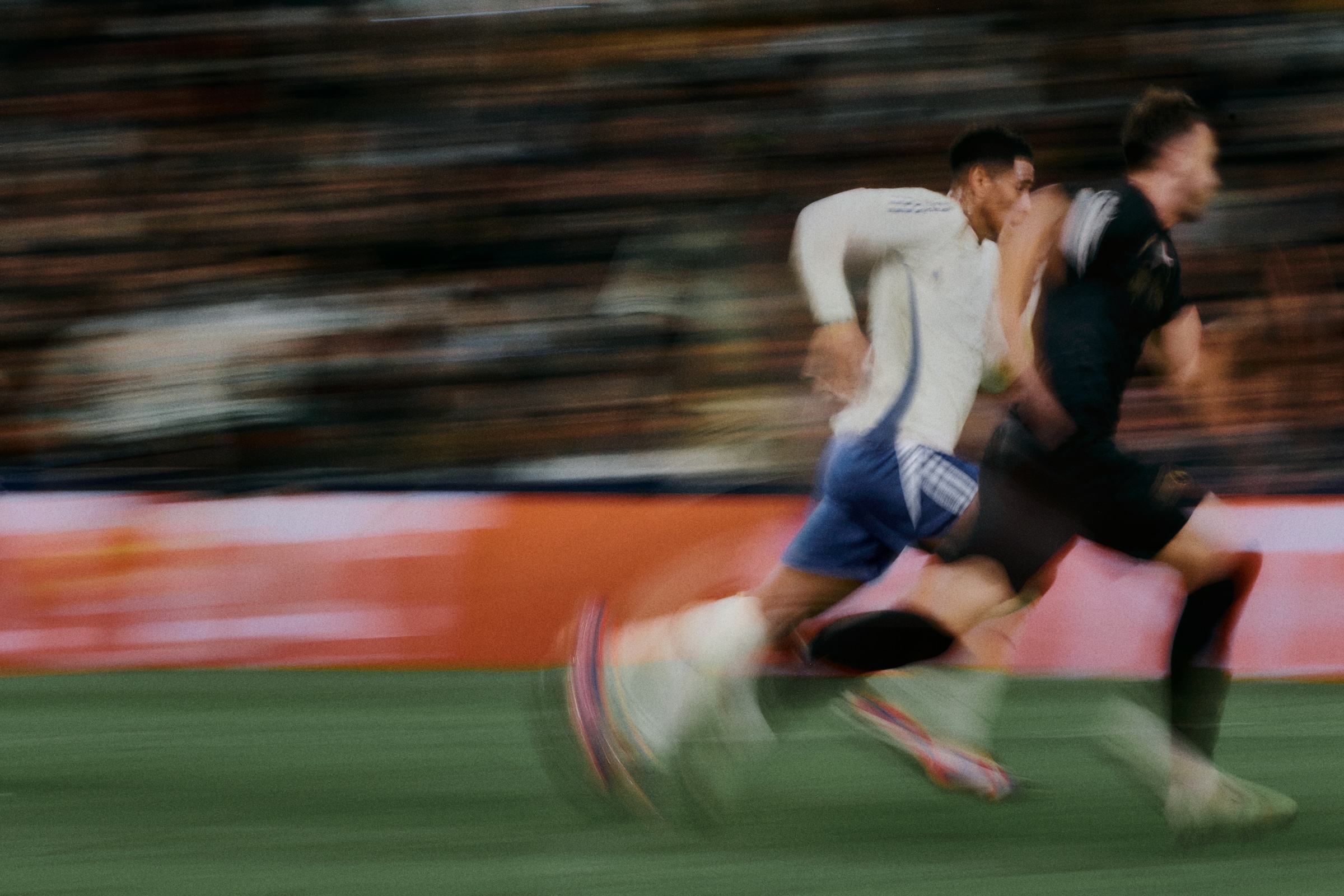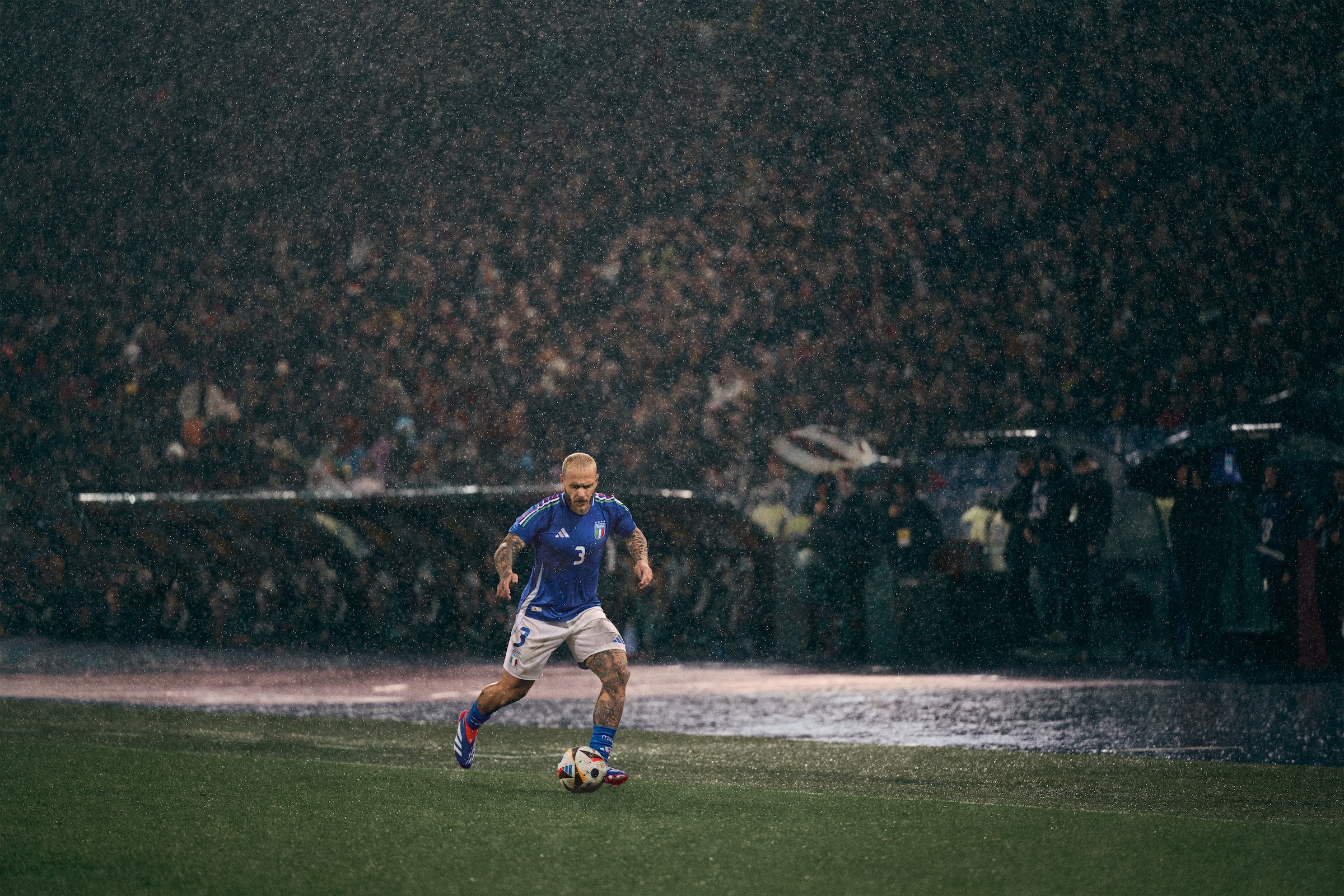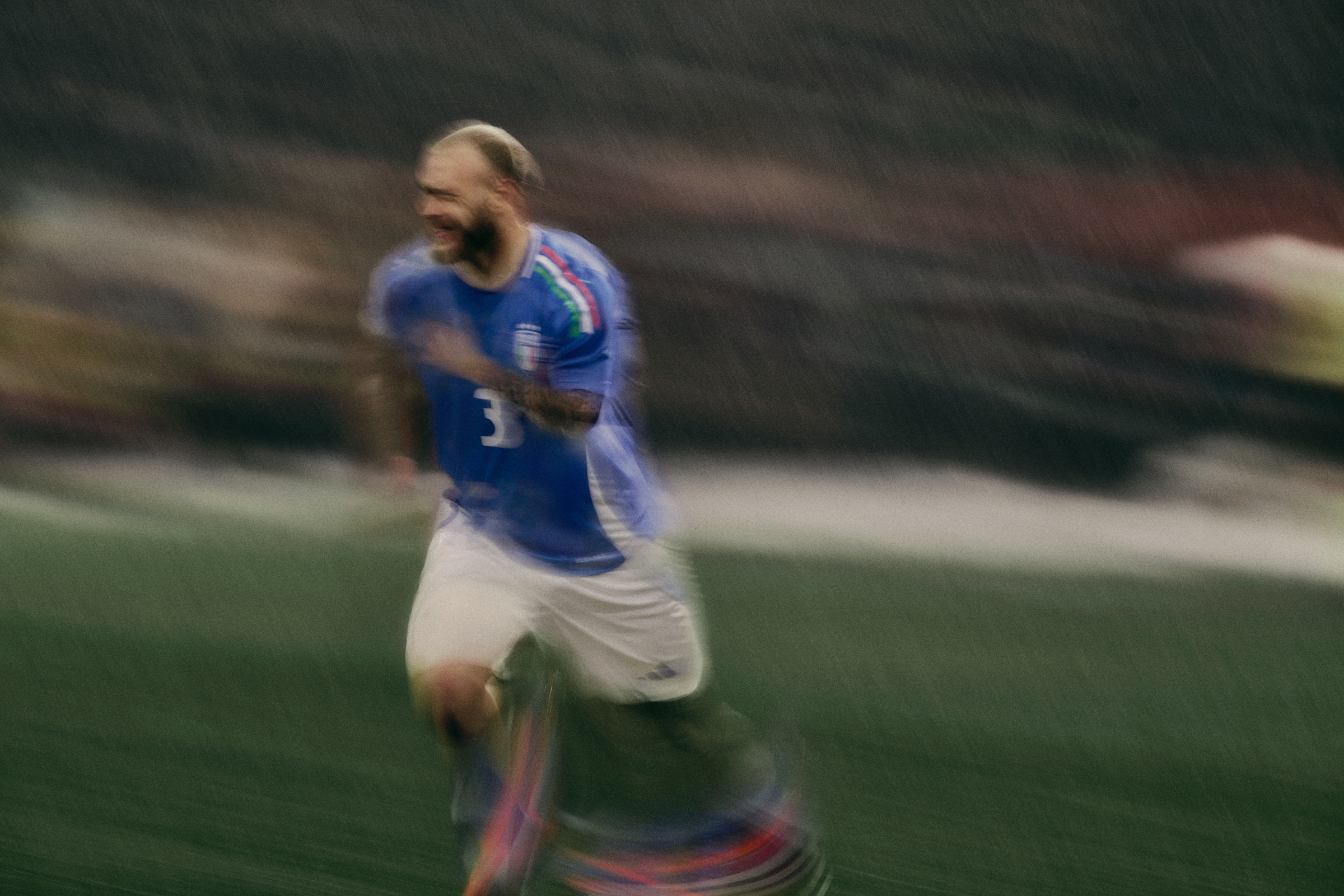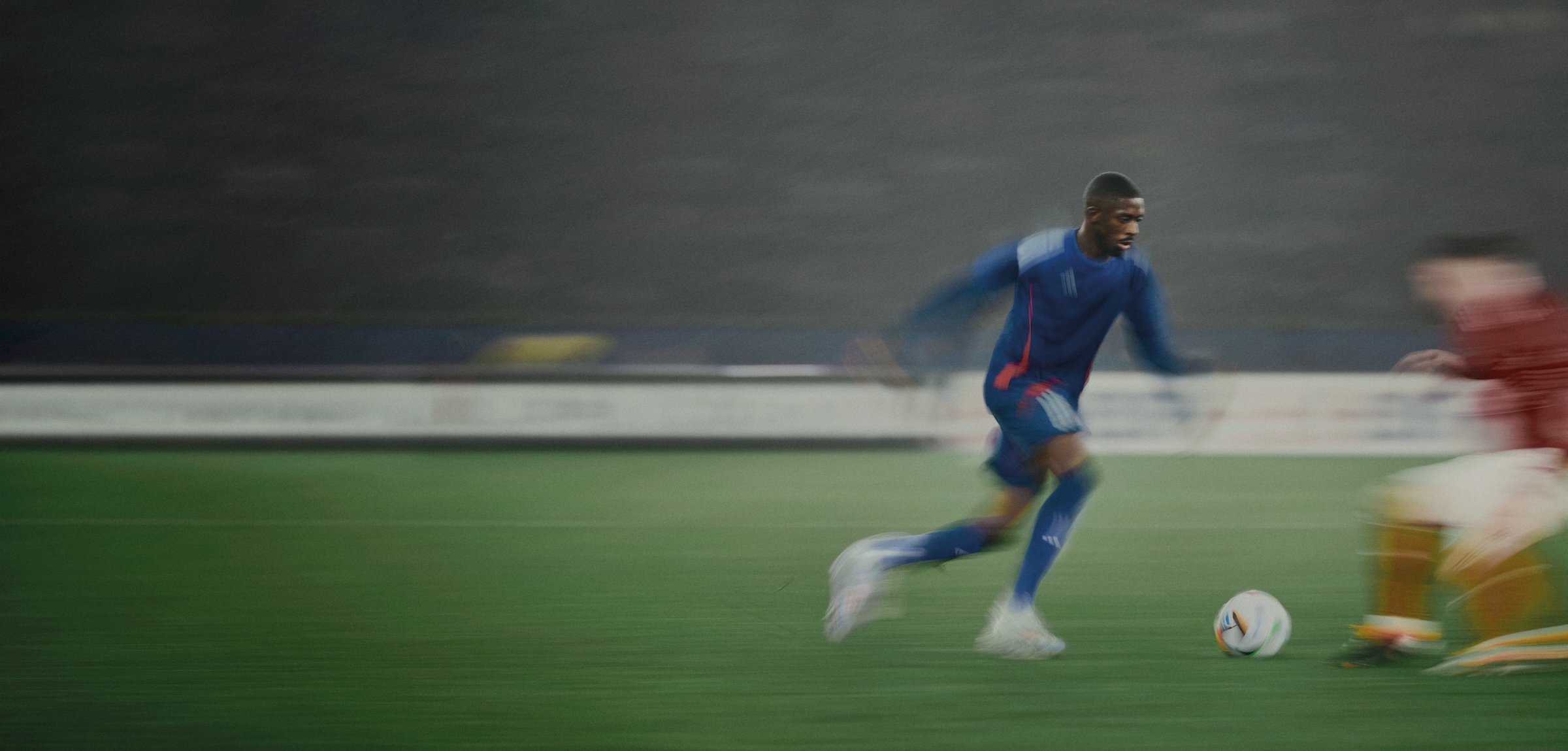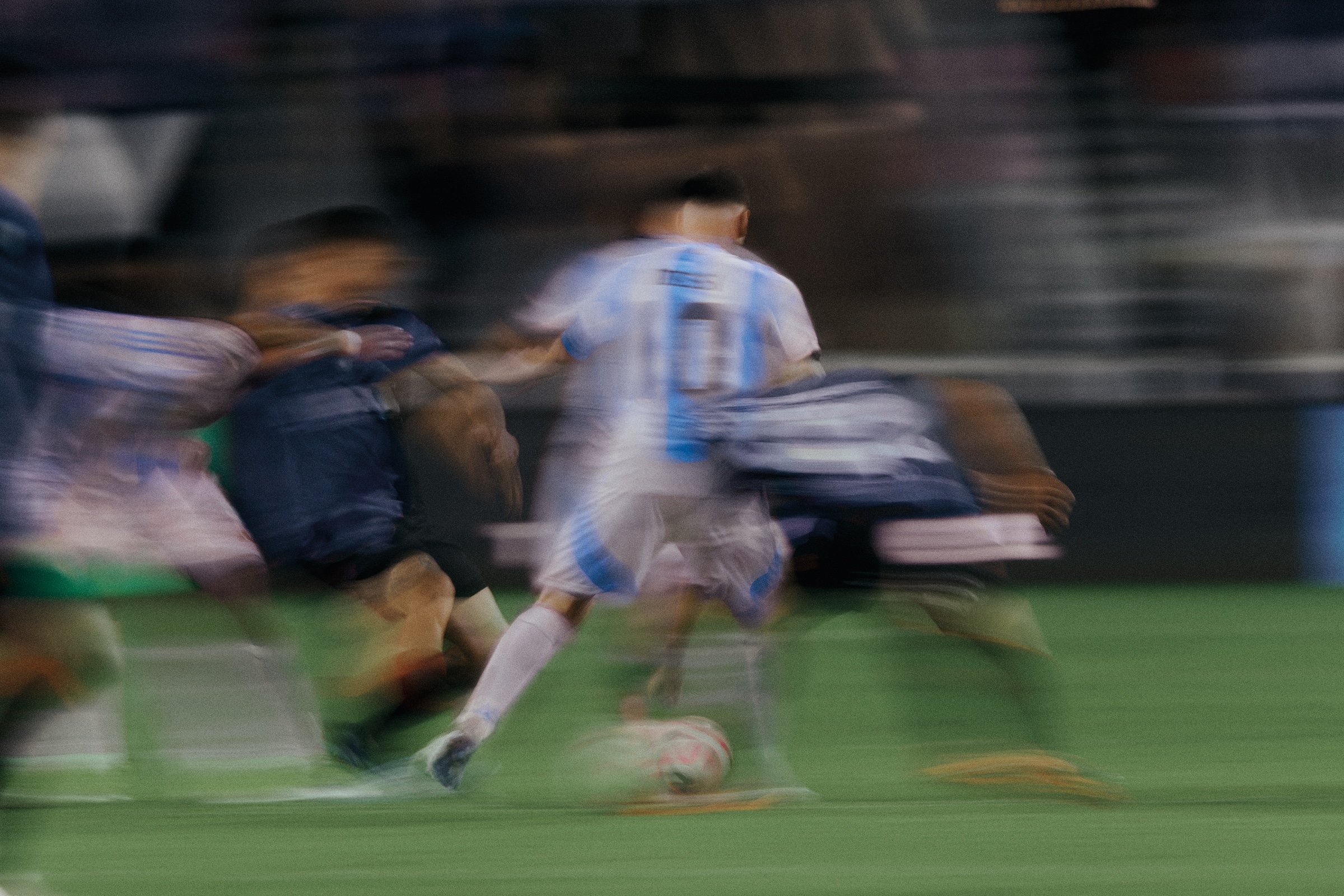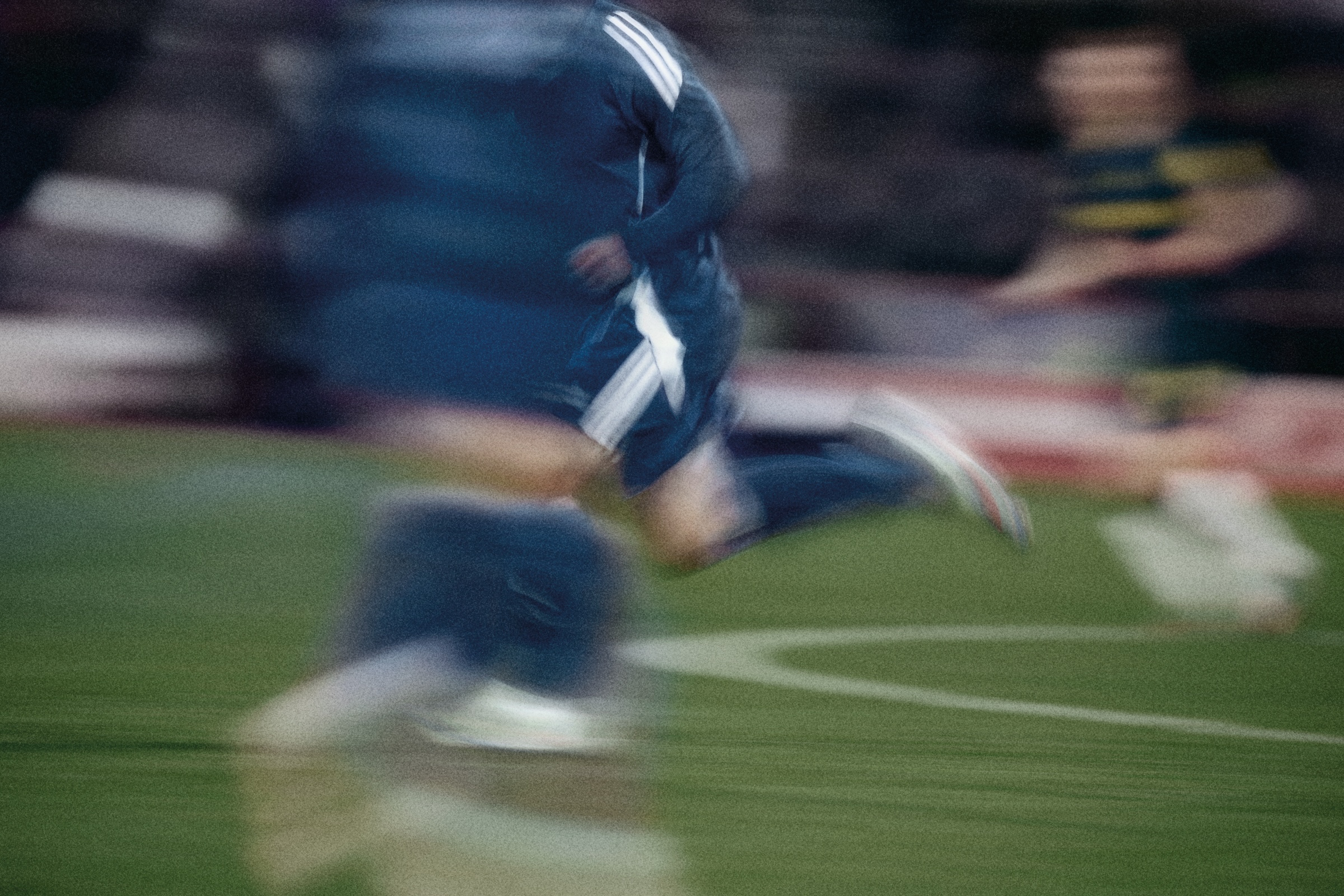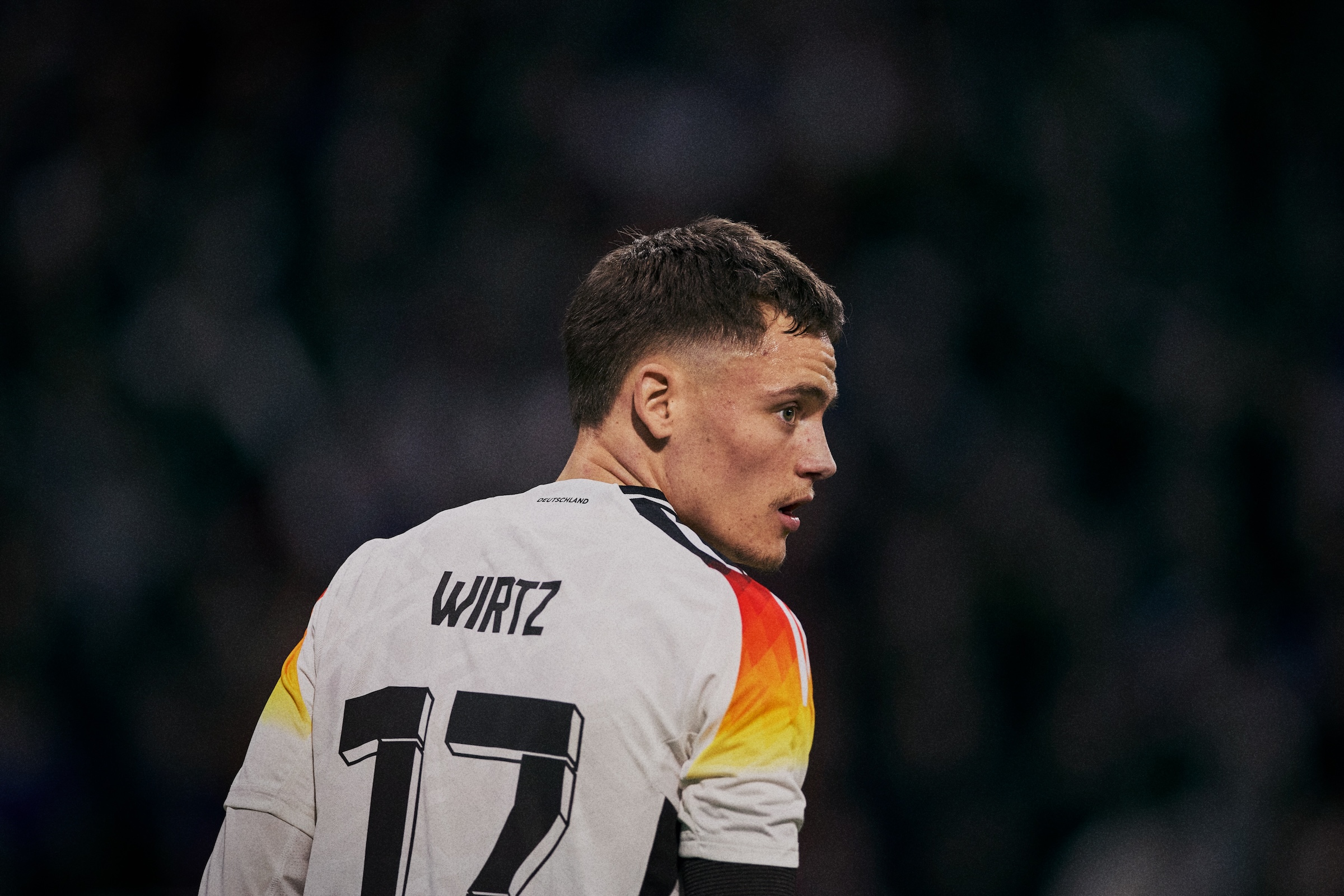Adidas x Parley Look to the Future
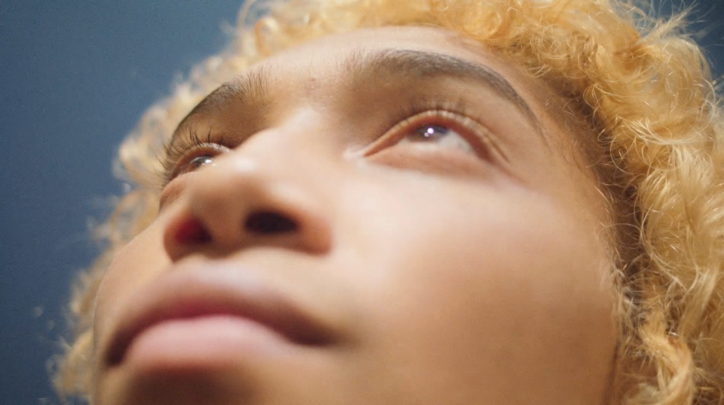
Stay informed on our latest news!

The EQT Support ADV sneaker features a custom, one-piece, two-toned knitted upper with a decorative "wave" stitching and EVA midsole with integrated 3-stripes trademark, along with Parley-branded tongue labels and insoles.
They will retail for $160 and are available starting October 14.

Both Louis Vuitton and Real Madrid emphasized shared values: timeless excellence, innovation, and global influence. Already partners with global events like the Paris 2024 Olympics and Formula 1, Louis Vuitton’s latest move affirms its expanding presence in sports culture.
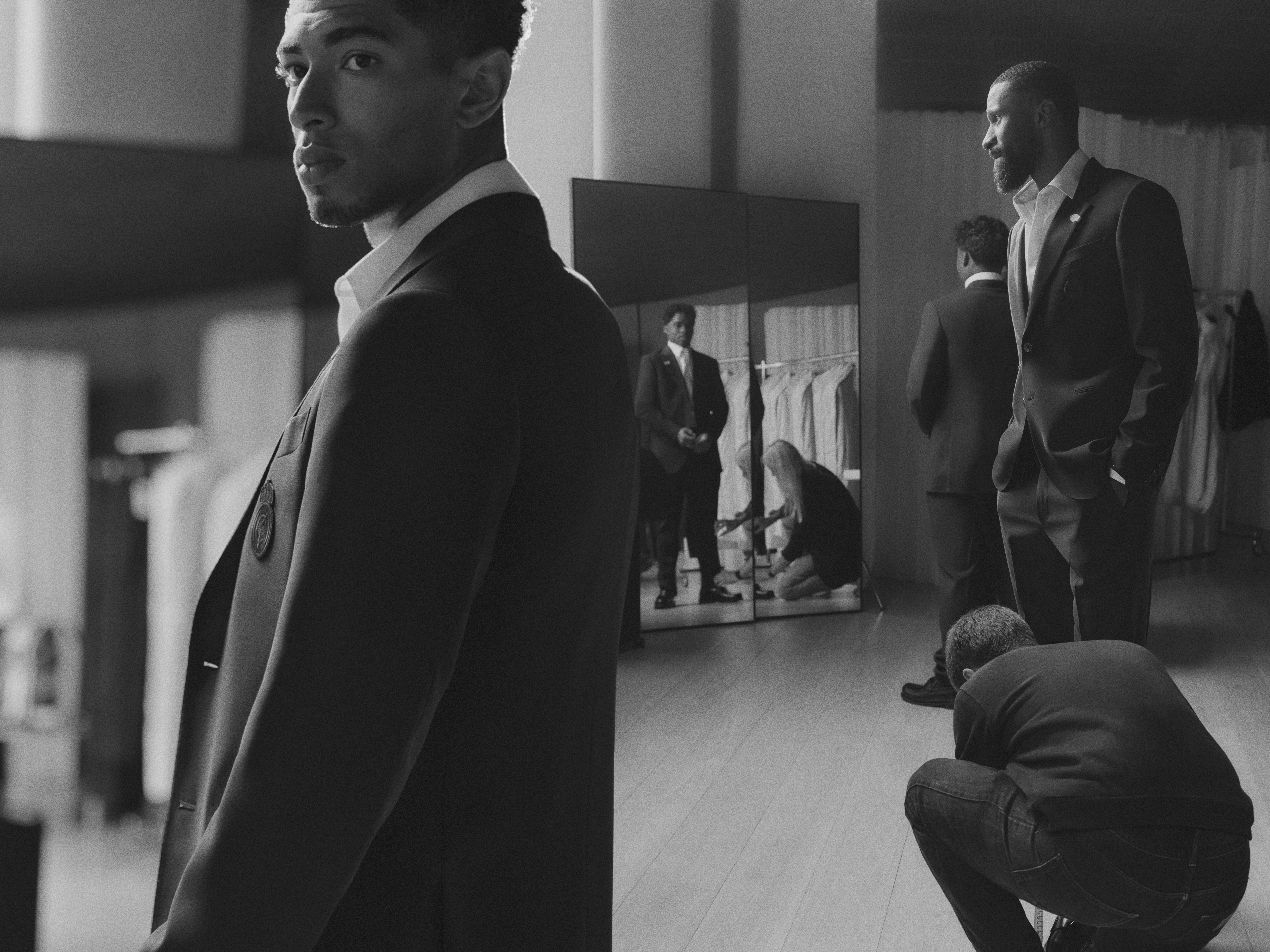
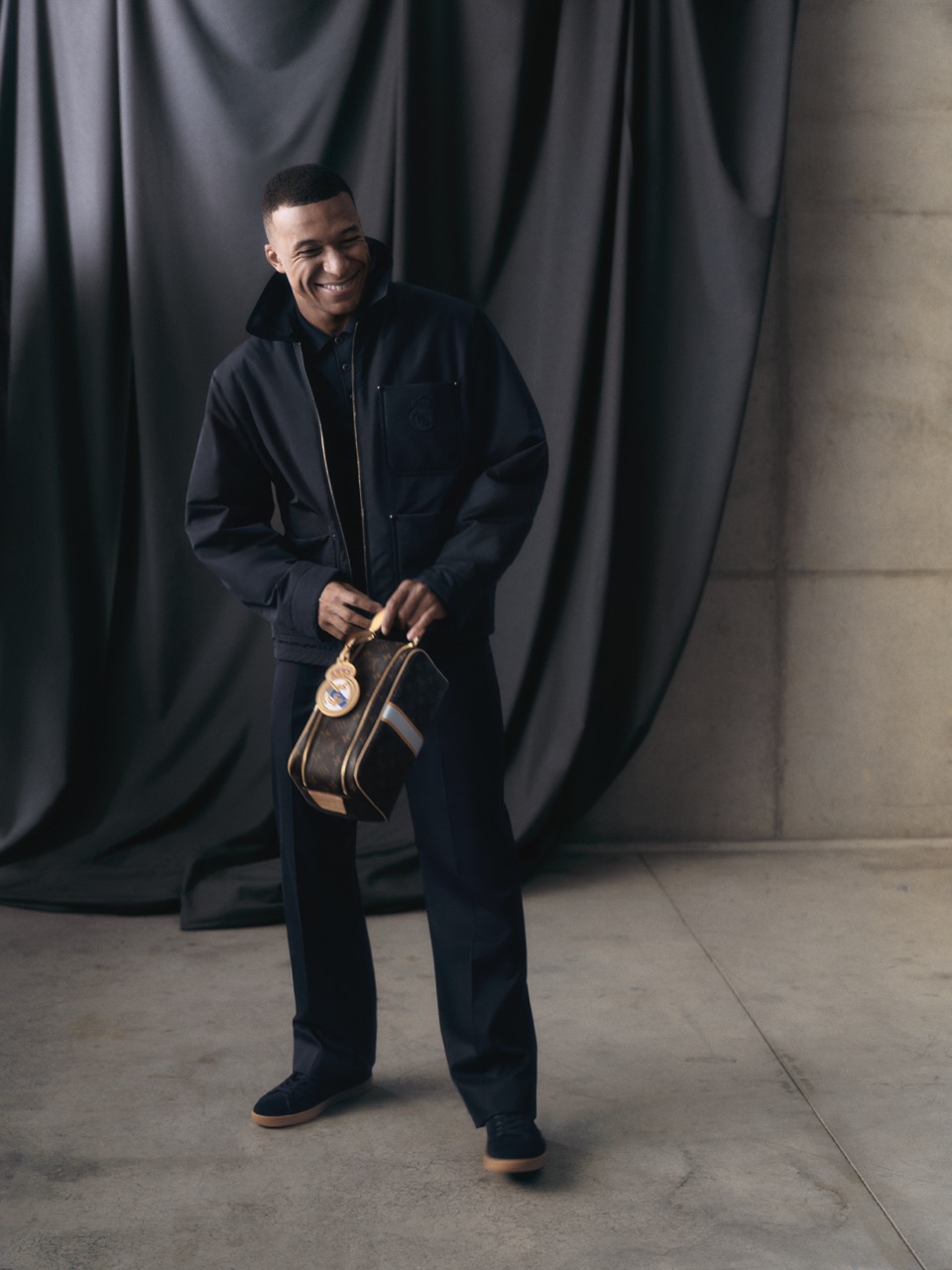
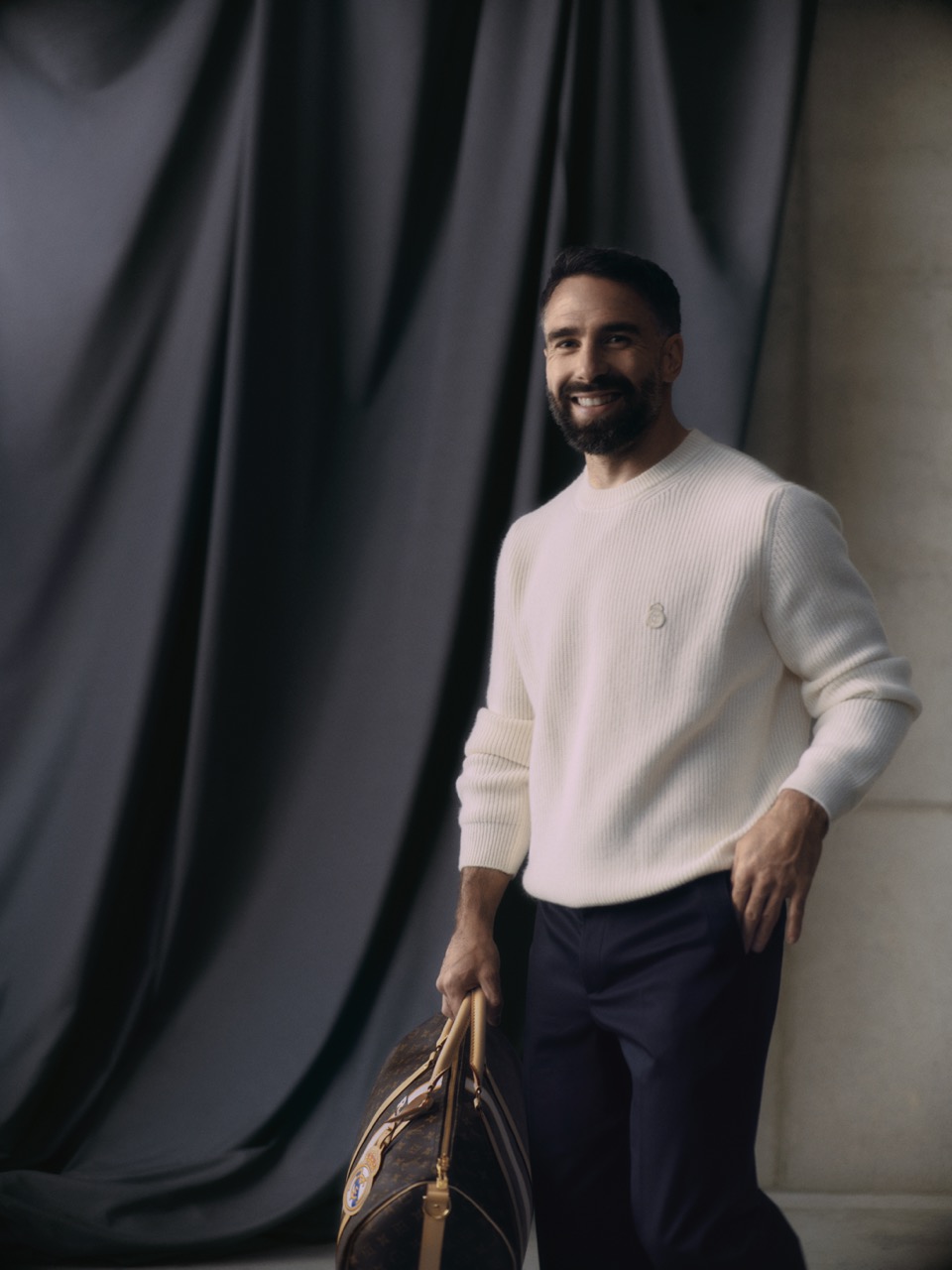


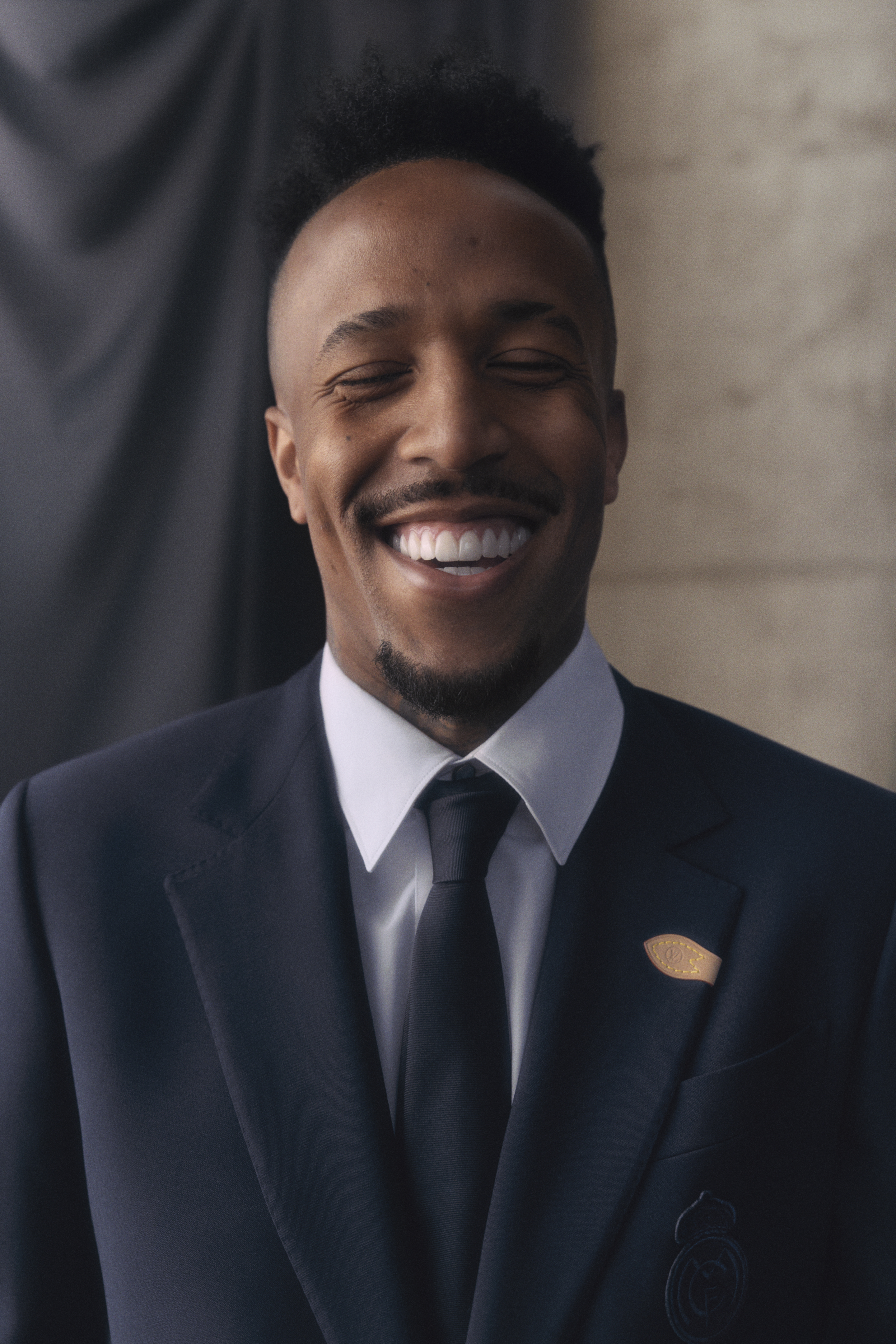
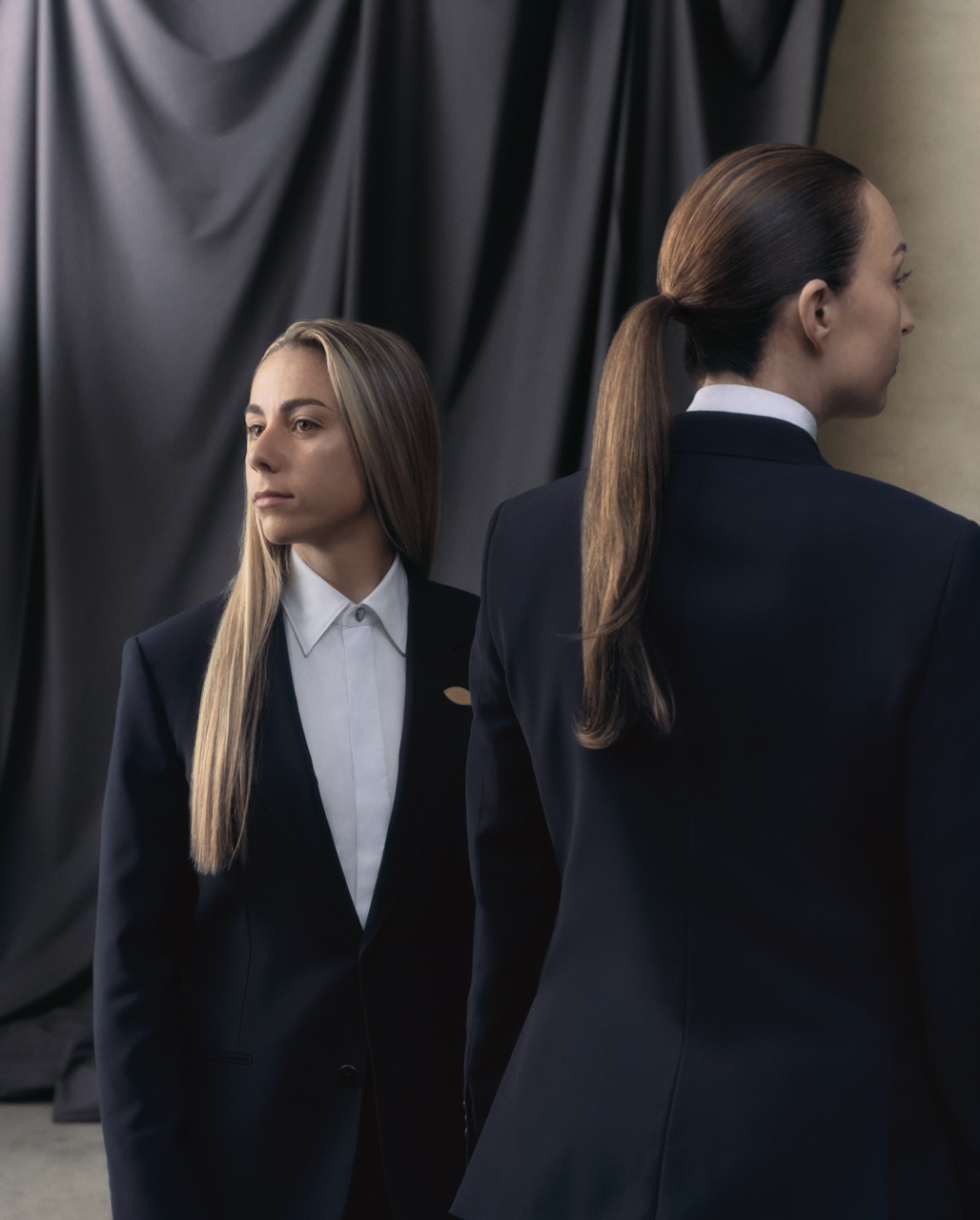
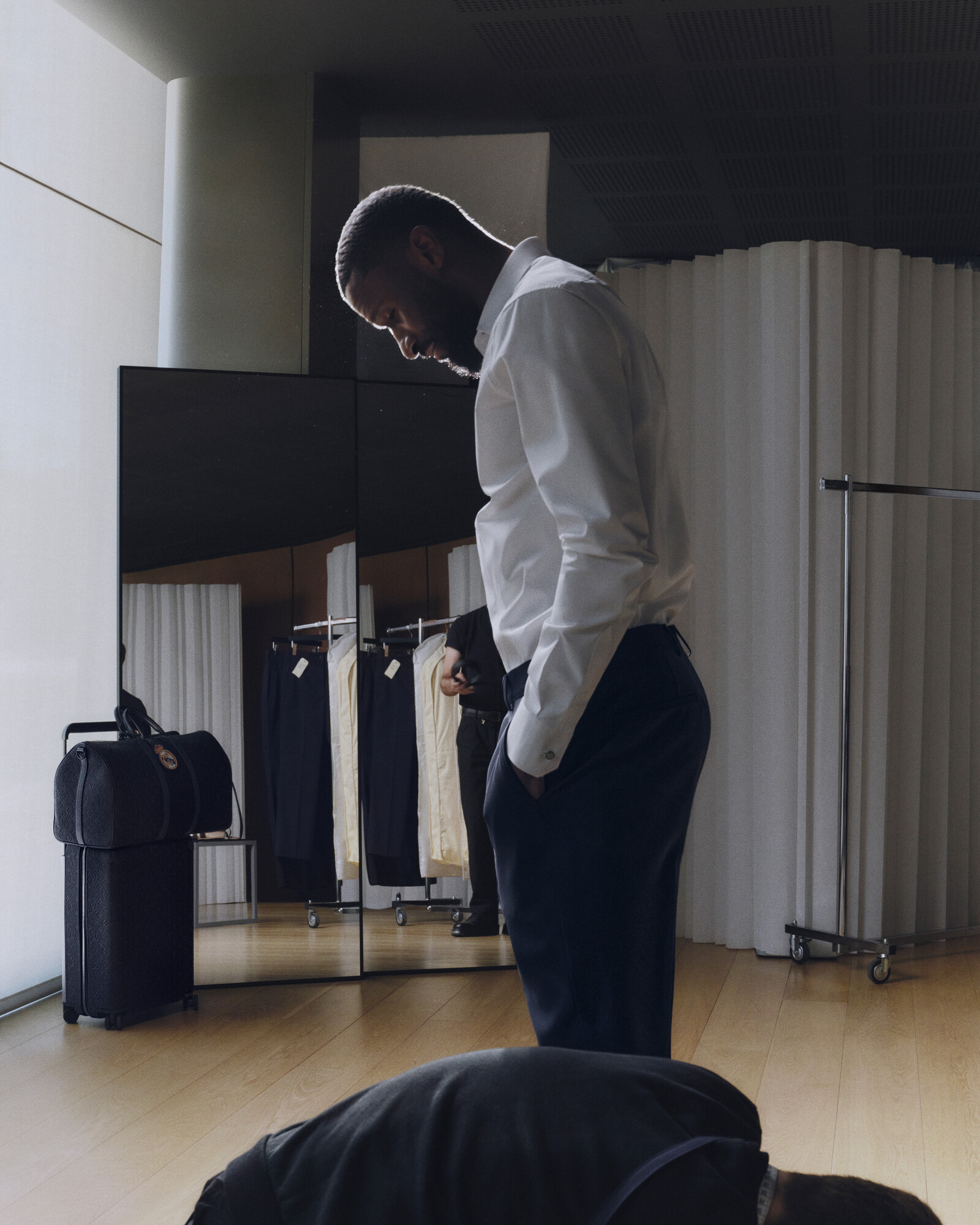
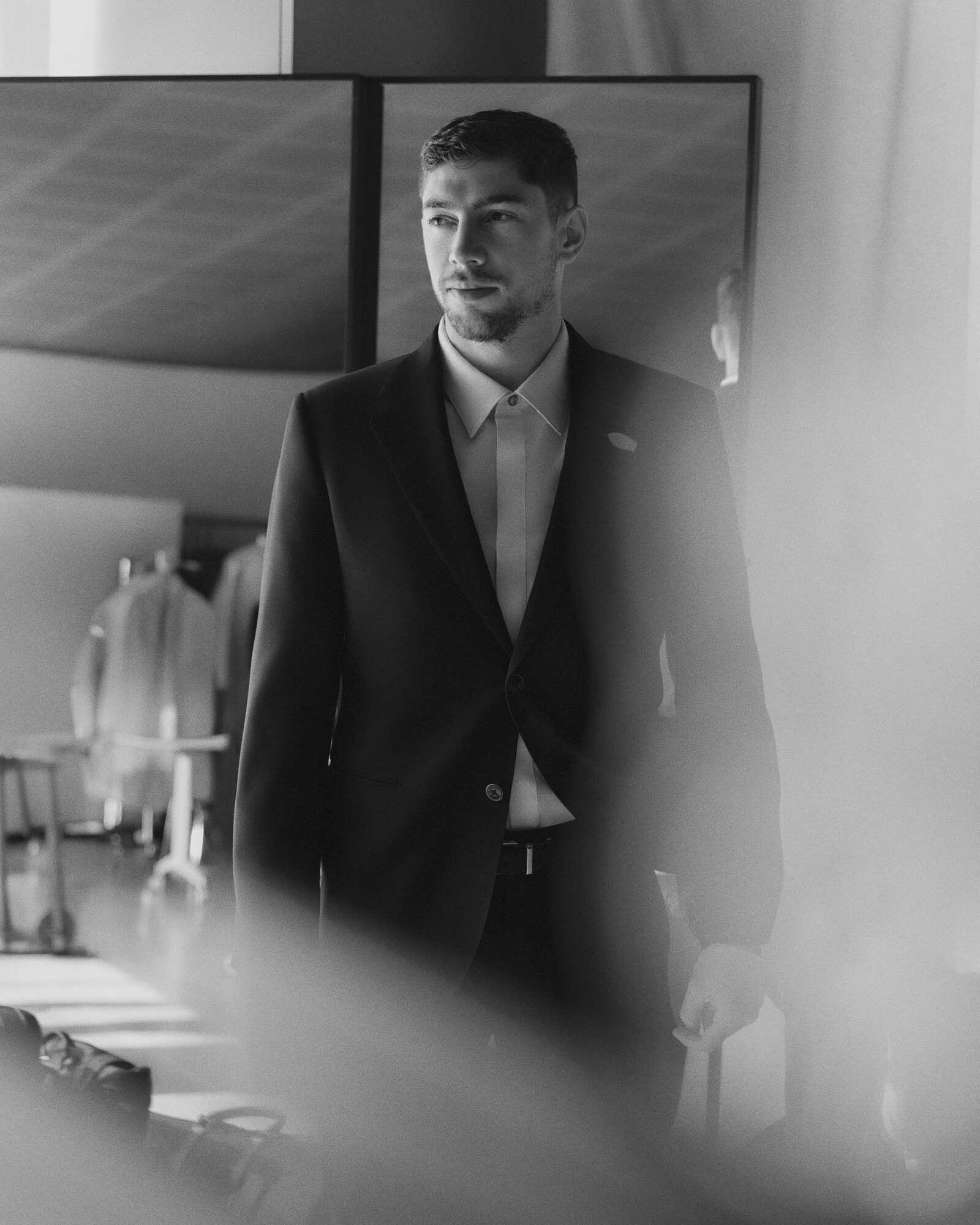

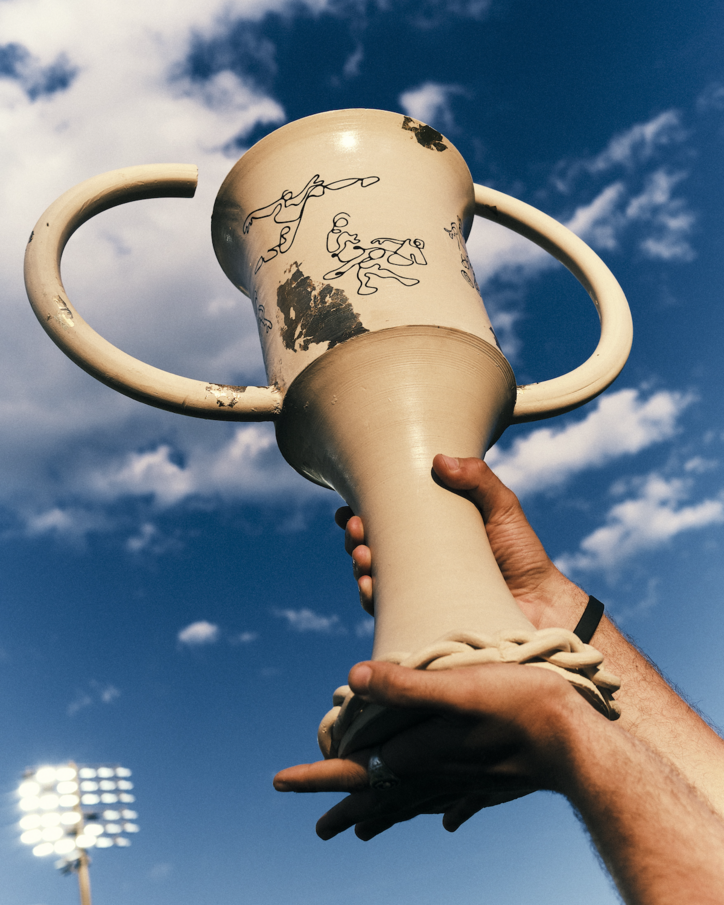
Founded by Zach Kovan, Ashton Miller and Schuyler DeBree, Footy Temple is a creative soccer collective to unite players, fans, artists and especially Americans who know little about the beautiful game. The trio gave custom footy-themed tarot readings in Times Square, made ‘The Holy Book’ of commandments and curated a gallery at Art Basel in Miami. Most recently, Footy Temple hosted pick-up games for TST attendees and distributed spiritual pamphlets to further indoctrinate U.S. sports fans to this global religion, footy.
Miller, former Duke Blue Devil, ex-professional footballer and current midfielder for Soccerhead FC, asks, “What separates our footy culture from people who really die over this sport in other parts of the world? Ultimately we concluded Americans aren't religious about soccer. How can we get them to become religious about this game?”
There’s a reason why Pope Francis warns the world that Jesus is more important than football. In Argentina, fans practice “Iglesia Maradona,” honoring the late footballer Diego Maradona with their own set of commandments. In Brazil, Maracanã Stadium transforms into a place of worship where fans pray for their club’s success. In the UK, about 900,000 people attend Premier League and other nationwide matches, a number comparable to Sunday churchgoing residents. People practice football-as-religion differently across the globe. Still, it remains a unifying passion on and off the pitch. More countries belong to FIFA than the United Nations.
But Americans, overstimulated by the NFL, NBA and MLB, often dismiss the beautiful game as dull due to delayed gratification of low scores and long-form drama. TST, launched in 2023, addressed this by giving American sports fans what they want. Something faster, quicker, more exciting. In this “World Cup-style” tournament, teams play 7v7 on a smaller field with 20-minute halves. The winners take home one million dollars. Second place gets nothing. But high stakes aren’t just about money or pride. It’s to get Americans to feel something.

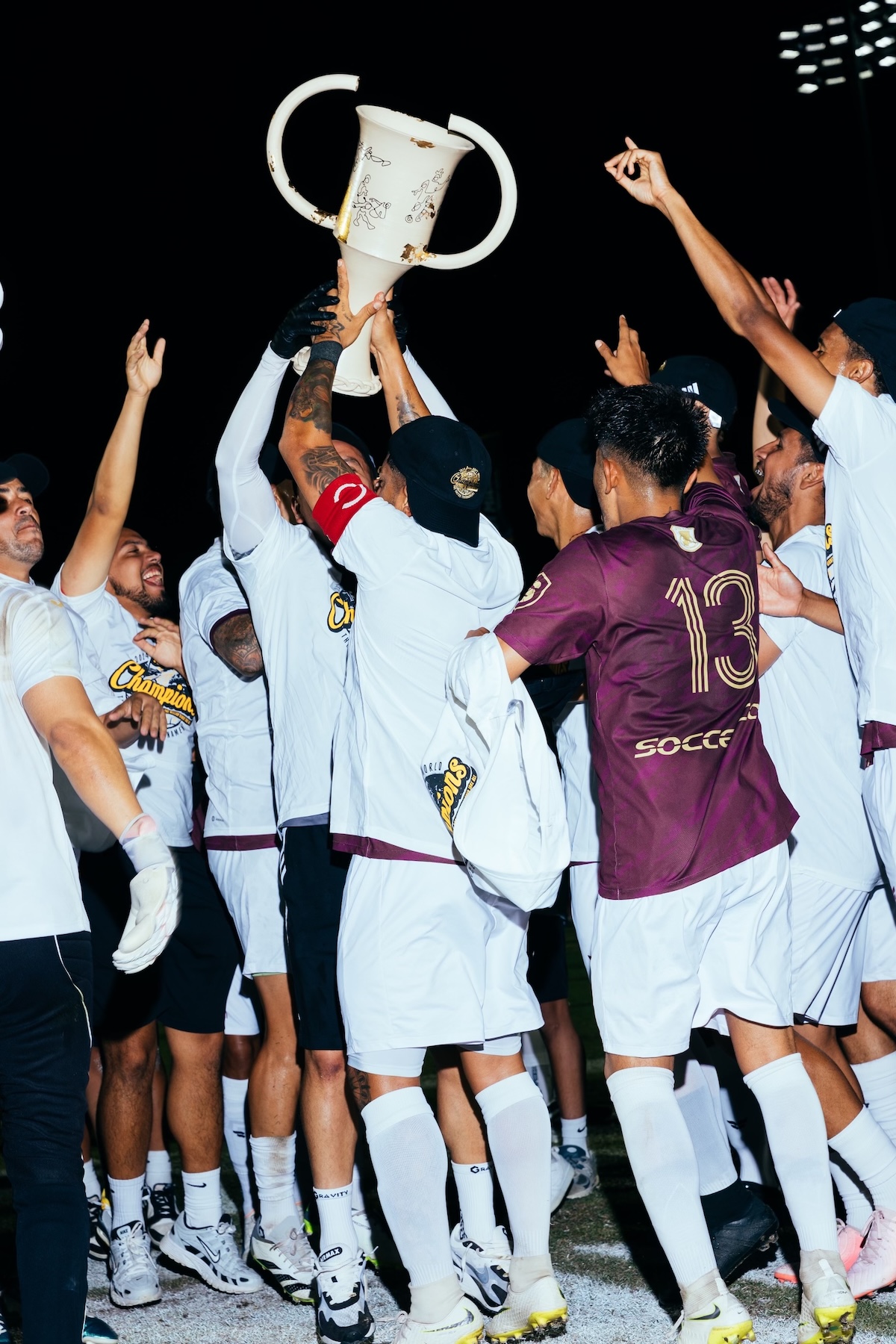

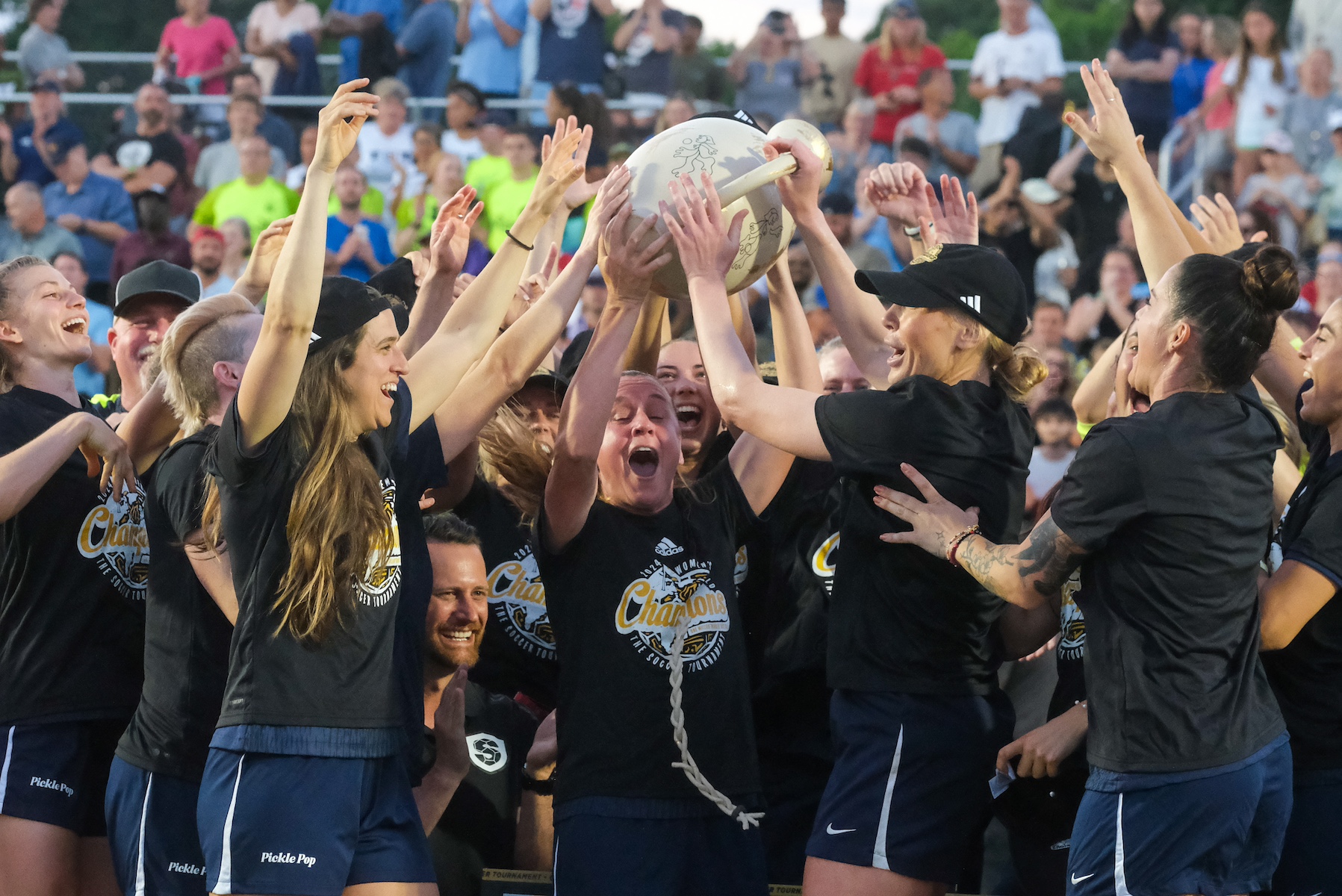
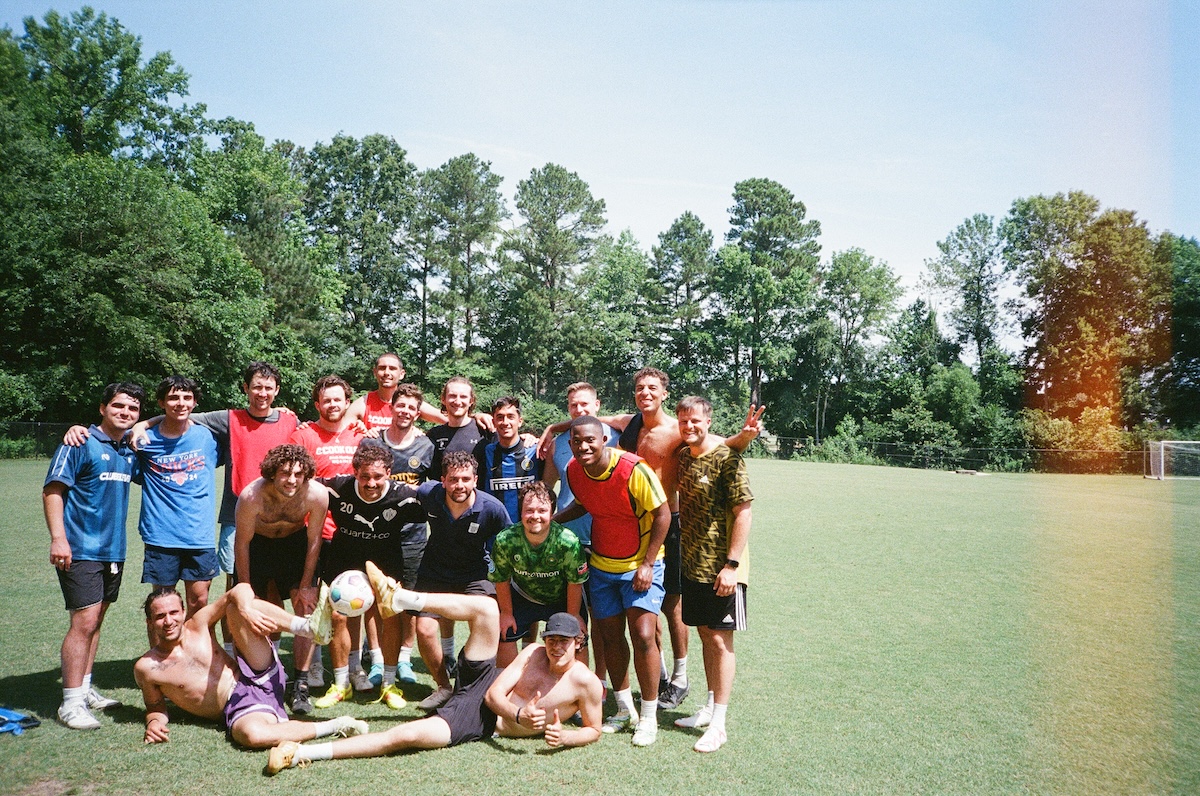


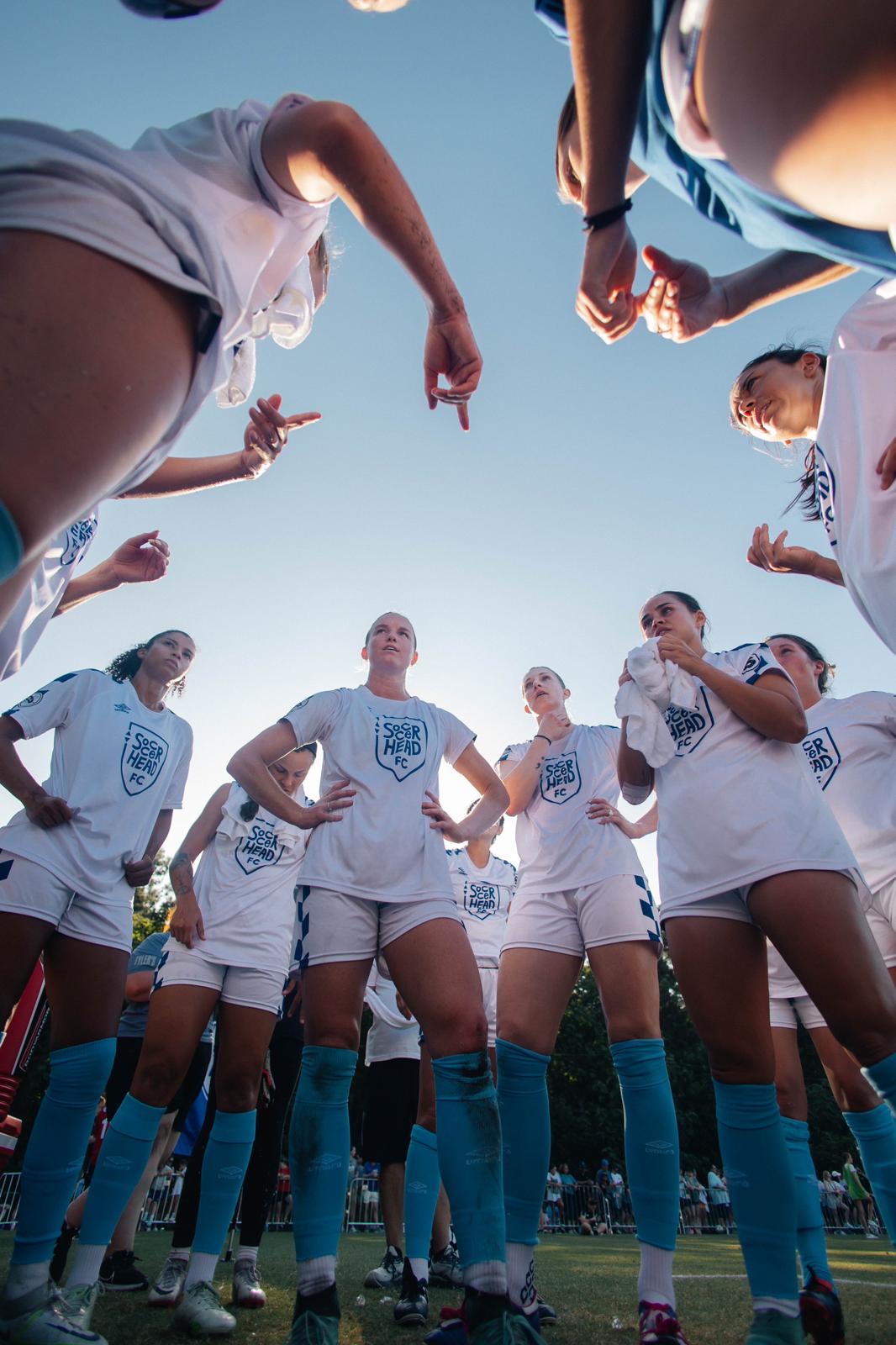
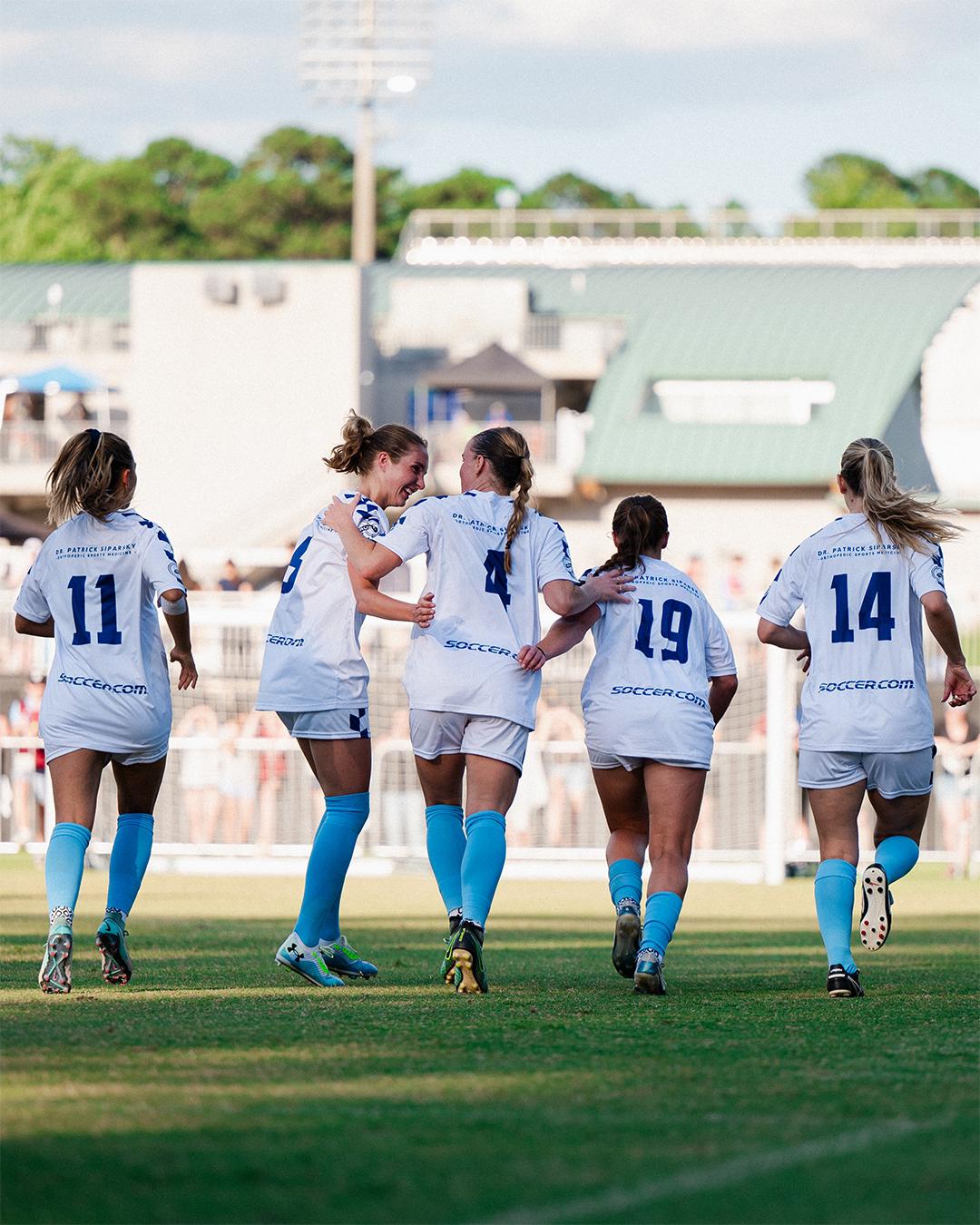
Kovan, a former goalkeeper at Michigan State, found it peculiar that his team would pray before every game. He explains, “If you think your prayers to God will have an impact on the outcome of this game, there’s an undeniable relationship between sport and religion.” This inspired him, along with Miller and DeBree, to design custom, non-denominational tarot cards to highlight the ‘soccer Gods’ and bring unspoken rules of the game into conversation. Miller elaborates, “For us, tarot is like a portal that allows people to open up and talk about what soccer means to them.”
While much of the world views Major League Soccer (MLS) as a league where dreams go to die, figures like David Beckham are reshaping this narrative. In 2007, the legendary English midfielder moved from Real Madrid to LA Galaxy. 11 years later he purchased Inter Miami. By 2021, Lionel Messi, the Argentine forward, arguably the greatest player of all time, had joined Beckham’s roster. Rumors are circulating he’s trying to bring Ronaldo over to see Messi and Ronaldo play on the same team before they retire.
The States have been on the come up. Copa América kicks off on June 20, and with the World Cup coming to North America in 2026, Kovan sees this as a critical moment for the U.S. Men’s National Team. While the U.S. Women’s Team is a certified powerhouse, the perceived inferiority of the men’s team “infiltrates the brain” and affects public perception. “Will we show up [to the World Cup] with this inferiority complex? Or will we prove to the world that we can hold stake in the beautiful game?” Kovan wonders. Footy Temple wants to contribute to the growth of U.S. soccer culture, welcoming those who aren’t deeply immersed in the sport too.

As a lad, I naturally bought into the F50’s undeniable allure — well, actually, my parents did, as I was only 8 when I first laced up my Infrared F50 Adizeros. I was inspired by watching players like David Villa, who wore the cleats and embodied the product’s ethos of speed and precision to a tee — a sentiment that remains present today as I set my uni’s intramural league ablaze like David Villa once did for Barcelona in the early 2010s. In essence, these cleats were my first love. They helped me delusionally compensate for my natural lack of pace, which kept me far from the wing and rather tucked in as a holding/attacking mid for most of my career. But more than that, the cleats made the sport feel so much more real for me as I only continued to fall deeper in love with the beautiful game. Moreover, as many F50-sporting players can attest, the boots' influence reaches far beyond the field. I vividly remember the countless hours playing FIFA Street, where I dressed my players head to toe in F50 tracksuits with retrospectively hideous track capris that left plenty of room for the indoor model of the F50s to be seen. I say this all to illustrate how the line made an irreplicable and long-lasting impression on footballing culture on and off the pitch, and the hype surrounding its reintroduction is an undeniable testament to that.
This new chapter couldn’t have come at a better time for U.S. soccer fans and players alike as we gear up for an exciting era for the sport, highlighted by this summer’s Copa América, and the closely trailing 2026 World Cup, both taking place within the States. The anticipation for the sport and the state of U.S. Soccer as a whole was on another level during the June 10th event hosted at the new adidas Fútbol Society space in Williamsburg. The event featured a collection of their new Copa kits, including Argentina, Mexico, Peru, and Jamaica jerseys on display, along with the highly anticipated F50 cleats, framed against retro adidas memorabilia, adding historical context to the iconic line. To cap off the event, we sat down with Trinity Rodman of the USWNT and Sam Handy, who articulated what everyone felt in the room: Soccer is very much alive and well in the States, and thank god we can put our trusty F50s back in the rotation and wrap up that little decade-long identity crisis adidas put us through.
